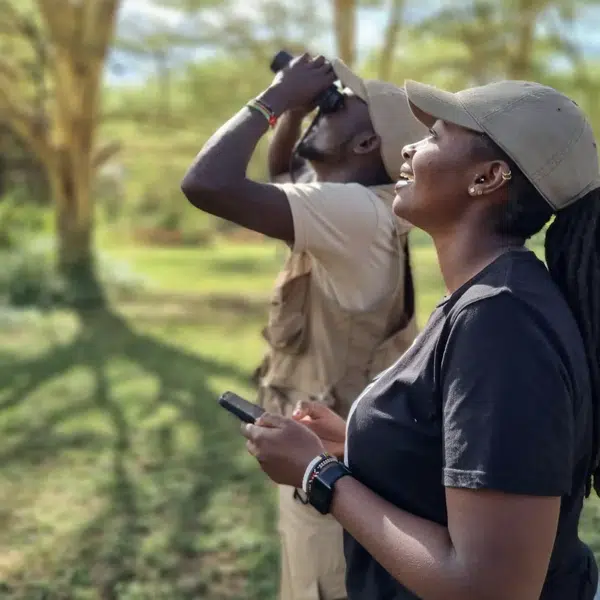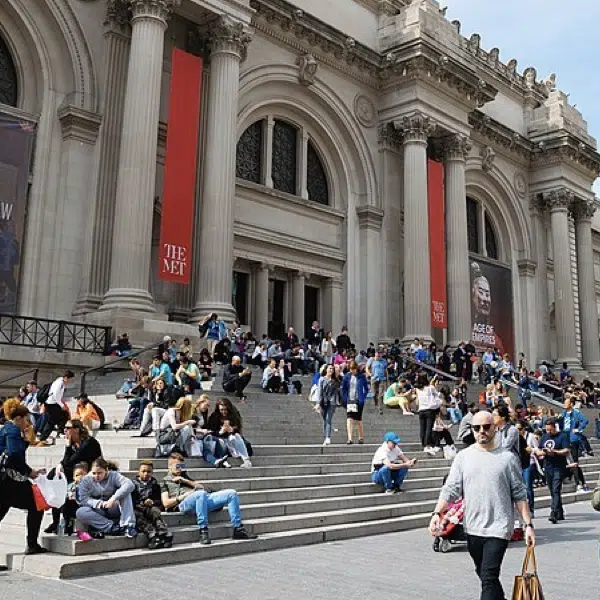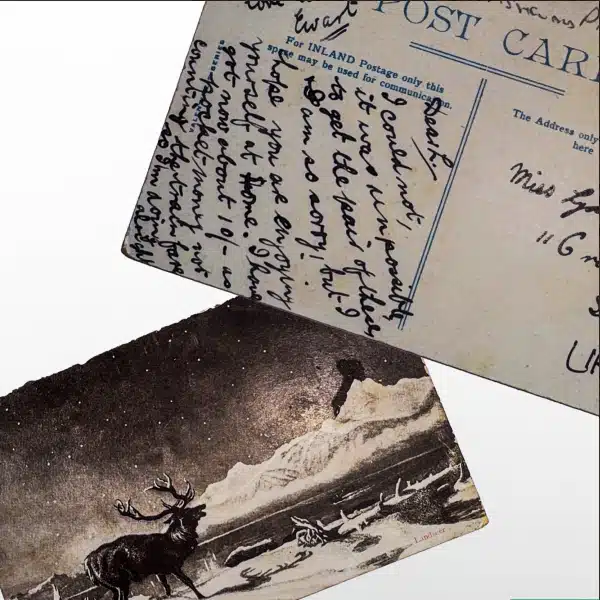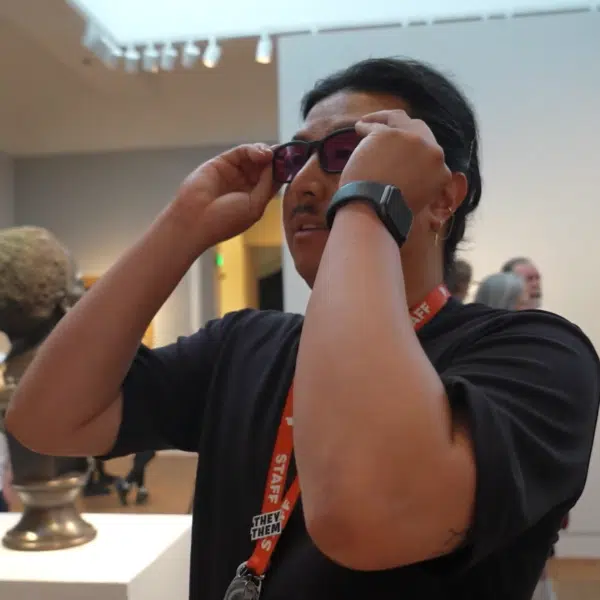
Chief Daniel Hollow Horn Bear (Mato He Oklogeca)'s leather shirt. (Photo: Wolfgang Günzel/Weltkulturen Museum)
As museums around the world struggle with repatriating objects taken through theft, colonial influence, and cultural looting, important items are slowly making their way back to where they belong. Among these culturally significant artifacts is an embroidered leather shirt which once belonged to Chief Daniel Hollow Horn Bear (Mato He Oklogeca) of the Teton Lakota. The shirt has been in the collections of the Weltkulturen Museum in Frankfurt, Germany for over 100 years. On June 12, 2021, it was at last returned to the legendary chief's family.
Chief Daniel Hollow Horn Bear was born in 1850, in what was then called (by the U.S. Government) the Nebraska Territory. A veteran of the Battle of Little Bighorn, he spent many years regularly traveling to Washington, D.C. to advocate on behalf of the Lakota people. In 1900, the Chief was photographed in the leather shirt by John Alvin Anderson. Woven with glass beads and human hair, the shirt is “undoubtedly attributable to the Hollow Horn Bear family,” according to a museum statement. The museum further acknowledges that the “shirt is a culturally specific, identity forming object of religious significance to the Teton Lakota Indigenous community.”
How such an important cultural item came to be in a German museum is—as is often the case with provenance—rather murky. The shirt came to the Weltkulturen Museum as a gift from the American Museum of Natural History (AMNH) in 1908. The AMNH themselves received the shirt only two years prior as a gift from American millionaire James Graham Phelps Stokes. How Stokes acquired the shirt is not well known. As part of a standard investigation into an object's acquisition and provenance (history), the Weltkulturen Museum could not pinpoint illegal acquisition.
While there are sometimes more legal recourses for demanding repatriation if objects can be proven to be taken by force or deceit, there are other reasons to return objects taken through the larger context of colonial oppression. In 2019, the great-grandson of Chief Daniel Hollow Horn Bear—Chief Duane Hollow Horn Bear—visited the museum. He asked for the return of his ancestor's shirt. The museum has now granted this request, stating they “decided to repatriate the shirt for moral and ethical reasons.” Deputy Mayor of Frankfurt Dr. Ina Hartwig said, “I see the return of the leather shirt to Chief Duane Hollow Horn Bear as an obligation that outweighs the formal legal situation.”
The return of objects is a point of tension for many museums who are reluctant to return their collections to Indigenous populations, even those dubiously acquired through conquest and colonialism. The return of Chief Daniel Hollow Horn Bear's shirt is still the exception rather than the rule. But, as museums reconsider their collections, they should heed the words of Dr. Mona Suhrbier, the American Collection curator at the Weltkulturen Museum. She commented, “This return is an opportunity for a new beginning in the relationship between the Museum and the community of its origin. Because in the current debate on who speaks for whom, a change of perspective is urgently needed!”
A leather shirt of the Chief Daniel Hollow Horn Bear (Teton Lakota) has been returned to his descendants after over 100 years.
View this post on Instagram
The jacket was in the collection of the Weltkulturen Museum in Germany when its return was requested by its wearer’s great-grandson, Chief Duane Hollow Horn Bear.
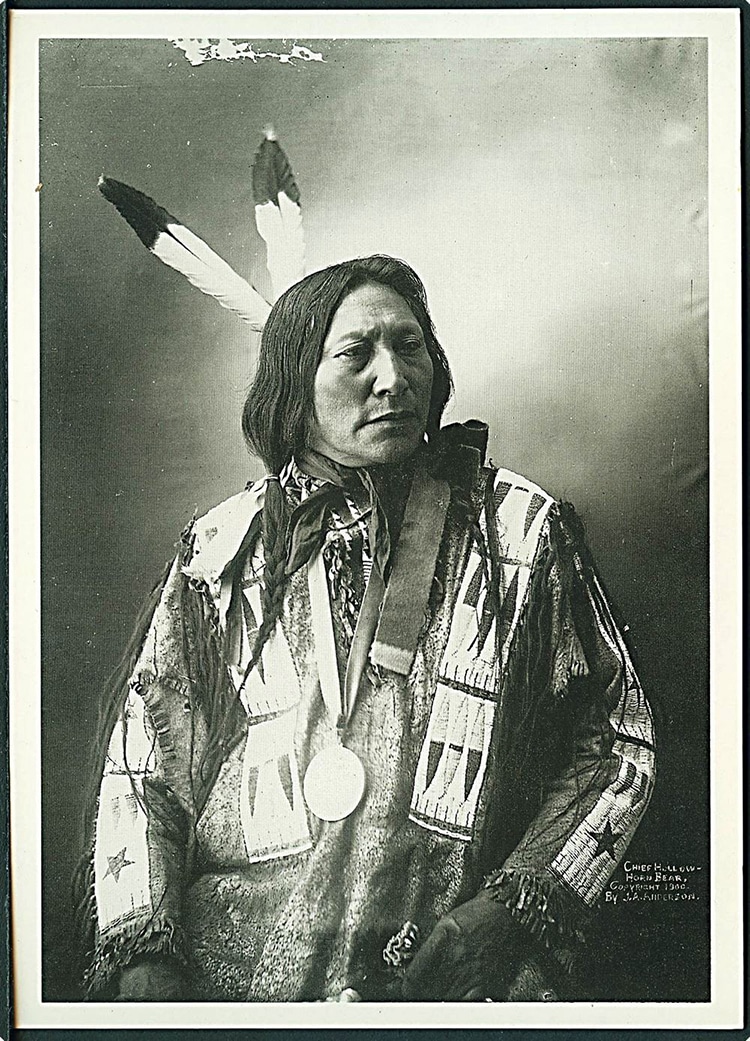
Chief Daniel Hollow Horn Bear, pictured in 1900 wearing the shirt which was recently returned to his family. (Photo: John Alvin Anderson/www.firstpeople.us)
h/t: [ART News, Lakota Times]
Weltkulturen Museum: Website | Instagram | Facebook
Related Articles:
Interview: Wet Plate Photographer Captures Powerful Portraits of Native Americans
The Brooklyn Museum Returns 1,300+ Ancient Artifacts to Costa Rica
Native American Artist Covers Historical Ledgers With Portraits of Indigenous Peoples [Interview]
Interactive Map Reveals Which Indigenous Lands You’re Living On











































































